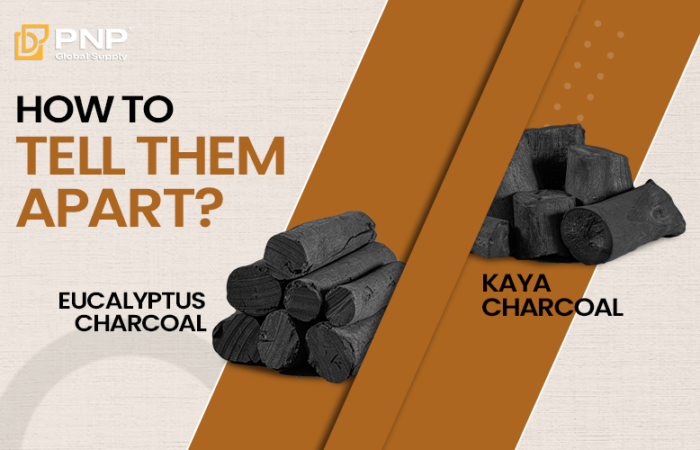Choosing the right size of charcoal can significantly impact your grilling experience. Small and big size charcoal each have their own set of advantages and drawbacks, affecting everything from heat control to cooking time and flavor. In this comprehensive guide, we’ll explore the pros and cons of both small and big size charcoal, helping you make an informed decision for your next barbecue or grilling session.
Understanding Charcoal Size
Charcoal typically comes in two main sizes: small and big. Small charcoal pieces, often referred to as briquettes or smaller chunks, are generally uniform in size and shape. Big size charcoal, on the other hand, includes larger chunks or lump charcoal, which can vary in size.
Pros and Cons of Small Size Charcoal
Small size charcoal typically refers to pieces that are about the size of a golf ball or smaller. These smaller chunks of charcoal are commonly used in smaller grills or for quick grilling sessions. Here are the pros and cons of using small size :
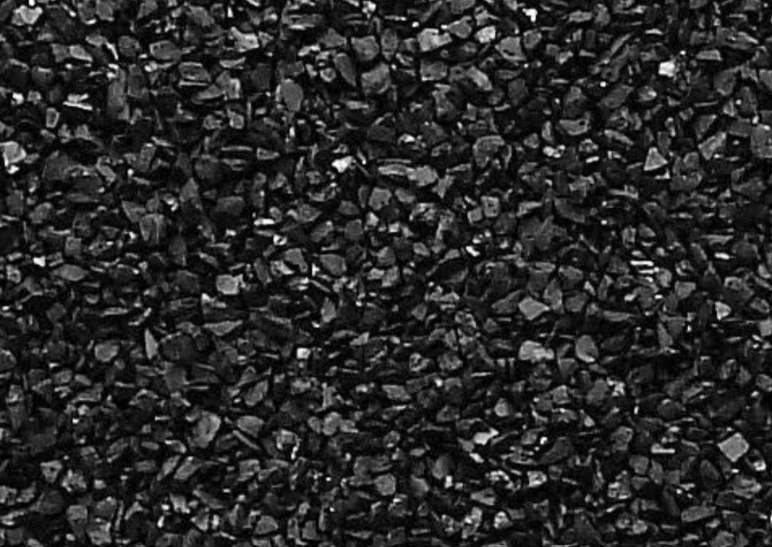
1. Pros of Small Charcoal
1.1. Consistent Heat Distribution
Small size charcoal, such as briquettes, offers consistent heat distribution due to their uniform size and shape. This predictability can be advantageous for cooking foods evenly.
1.2. Ease of Use
Small charcoal pieces are easier to light and manage, making them ideal for beginners or those who prefer a straightforward grilling experience.
1.3. Longer Burn Time
Briquettes, which are a type of small charcoal, often burn longer than lump charcoal due to their density and the binder materials used in their production. This can be beneficial for long cooking sessions.
Small size charcoal is generally more affordable than larger chunks. This cost-effectiveness makes it a popular choice for everyday grilling.
2. Cons of Small Charcoal
2.1. Less Control Over Temperature
While small charcoal offers consistent heat, it may not provide the same level of temperature control as larger pieces. Adjusting the heat level can be more challenging.
2.2. Ash Production
Small charcoal pieces tend to produce more ash, which can require additional cleanup and affect airflow in your grill.
2.3. Less Flavor
Some grilling enthusiasts believe that small charcoal, particularly briquettes, can impart less smoky flavor to food compared to lump charcoal. This can be a downside for those seeking a rich, smoky taste.
Pros and Cons of Big Size Charcoal
Big size charcoal, also known as lump charcoal or briquettes, consists of larger pieces that are about the size of a baseball or larger. This type of charcoal is commonly used in larger grills or for extended cooking sessions. Here are the pros and cons of using big charcoal:
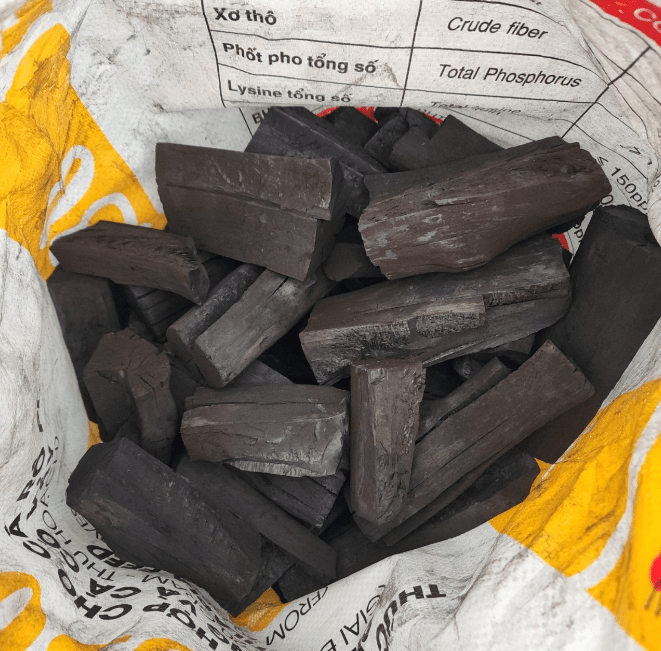
1. Pros of Big Charcoal
1.1. Longer Burn Time
One of the most significant advantages of big size charcoal is its longer burn time. Larger pieces burn more slowly, making them ideal for longer cooking sessions like smoking or roasting. This extended burn time means you can set up your grill and let it cook for hours without needing to add more fuel.
1.2. Ideal for Low and Slow Cooking
Enhanced Flavor: Big charcoal, especially lump charcoal, is known for providing a more intense smoky flavor. The natural wood used in lump charcoal can add a distinctive taste to grilled foods.
Better Temperature Control: Larger charcoal pieces offer more control over the heat. By adjusting the placement of the chunks or adding more charcoal, you can better manage the cooking temperature.
1.3. Less Ash Production
Larger pieces of charcoal often produce less ash compared to smaller pieces. This means less cleanup after your cooking session and a cleaner grilling environment. Reduced ash also allows for better airflow, which can enhance the efficiency of the burn.
2. Cons of Big Charcoal
2.1. Longer Ignition Time
One of the main drawbacks of big size charcoal is its longer ignition time. Larger pieces take more time to catch fire, which can be a disadvantage if you’re in a hurry to start grilling. Patience is required to get the charcoal fully ignited and ready for cooking.
2.2. Inconsistent Heat Distribution
Due to the larger size and irregular shapes, big size charcoal can create uneven heat distribution on the grill. This can result in hot and cold spots, making it challenging to cook certain foods evenly. To mitigate this, you may need to adjust the placement of the charcoal frequently.
2.3. Less Control Over Temperature
With larger pieces, it’s harder to make fine adjustments to the grill’s temperature. Adding or removing large chunks of charcoal can lead to sudden changes in heat, which might not be ideal for recipes that require precise temperature control.
2.5. Higher Cost
Big size charcoal is often more expensive than smaller pieces. The higher cost is due to the longer production process and the fact that fewer large pieces are produced from a single batch of wood. While the investment may be worth it for long cooking sessions, it’s something to consider if you’re on a budget.
Choosing the Right Shape of Charcoal for Your Needs
When deciding between small or big size charcoal, the right choice depends on your cooking needs. Small charcoal ignites quickly and distributes heat evenly, making it ideal for quick grilling sessions or when using a smaller grill. It allows for precise temperature control and is more cost-effective for short cooks.
On the other hand, big charcoal is the go-to option for long, slow cooking sessions. It burns slower and produces higher heat, perfect for smoking, roasting, or grilling large quantities of food. With fewer interruptions for adding more fuel, big charcoal maintains consistent heat over time. Additionally, it produces less ash, which means easier cleanup and better airflow during cooking.
Choosing between small and big charcoal ultimately depends on whether you need quick ignition and precise control or longer burn time and higher heat output. For a versatile cooking experience, having both sizes on hand can provide the best of both worlds.
In summary, choosing the right charcoal size depends on the following factors:
- 1. Type of Cooking: For slow cooking and smoking, big charcoal might be preferable due to its flavor-enhancing qualities. For quick grilling or everyday use, small size charcoal could be more convenient.
- 2. Experience Level: Beginners might find small charcoal easier to handle, while more experienced grillers might prefer the control and flavor offered by big size charcoal.
- 3. Budget: If cost is a significant factor, small charcoal is typically more affordable. However, if you’re willing to invest in flavor and performance, big charcoal may be worth the extra expense.
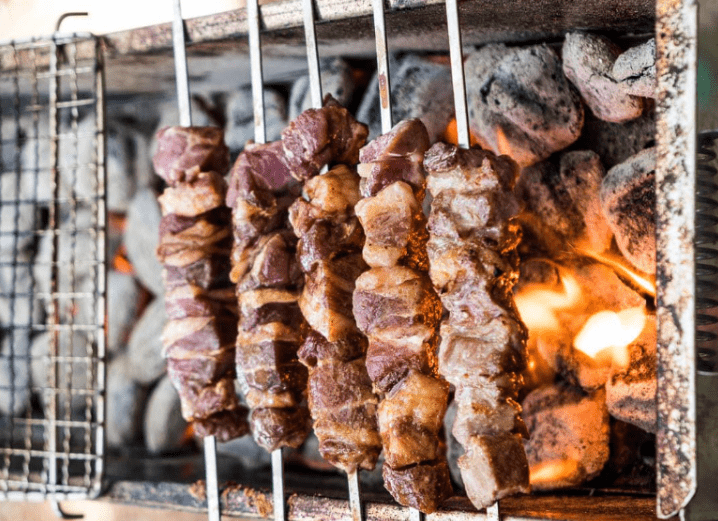
Tips for Using Charcoal Effectively
Regardless of the size of charcoal you choose, here are some tips to help you get the most out of your grilling experience:
- Use a Chimney Starter : A chimney starter is a great tool for lighting charcoal quickly and evenly. It helps you avoid using lighter fluid, which can impart unwanted flavors to your food.
- Allow Proper Ventilation: Ensure that your grill has proper ventilation to allow for adequate airflow. This helps the charcoal burn more efficiently and maintain a consistent temperature.
- Arrange Charcoal for Indirect Cooking: For foods that require indirect cooking, such as large cuts of meat, arrange the charcoal on one side of the grill and place the food on the opposite side. This allows for slower, more even cooking.
- Monitor Temperature with a Thermometer: Use a grill thermometer to monitor the temperature of your grill. This helps you maintain the desired temperature and avoid overcooking or undercooking your food.
- Add Wood Chips for Extra Flavor: If you’re looking to add a smoky flavor to your food, consider adding wood chips to your charcoal. Different types of wood, such as hickory or applewood, can impart unique flavors to your grilled dishes.
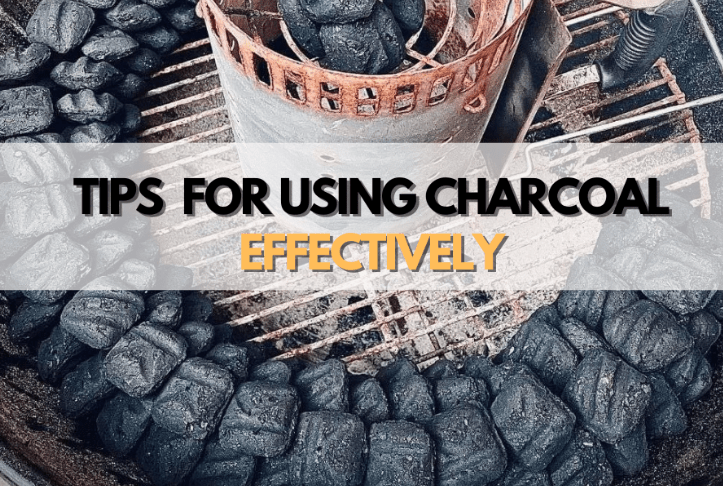
Conclusion
Choosing the right size charcoal depends on your specific grilling needs and preferences. Small charcoal offers consistency, ease of use, and affordability, while big charcoal provides enhanced flavor, better temperature control, and less ash production. By understanding the pros and cons of each, you can select the charcoal that best suits your grilling style and enhances your outdoor cooking experience.
________________________________
Contact us for more information
- Facebook: PNP Charcoal
- Instagram: PNP Charcoal
- Email: info@pnpglobalsupply.com

